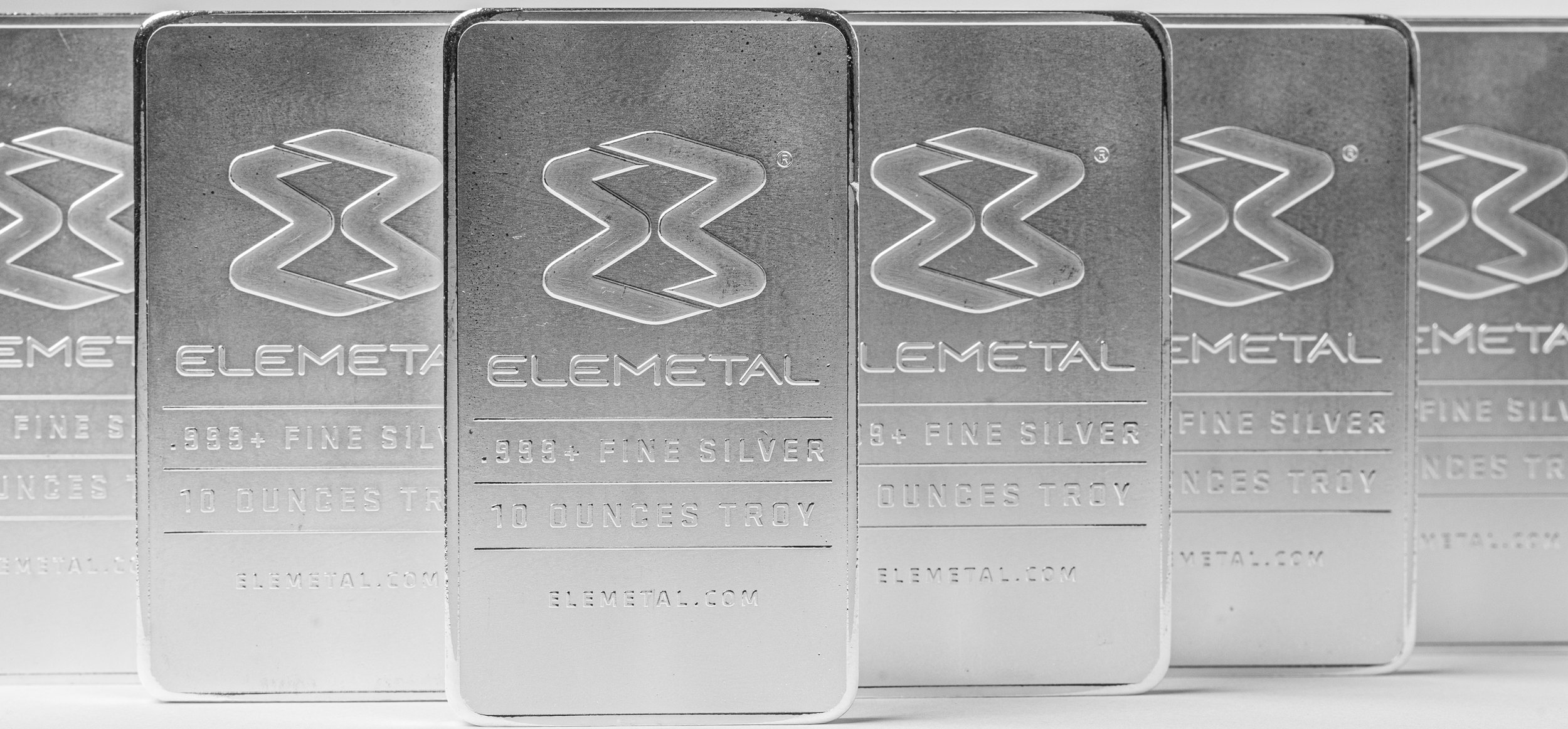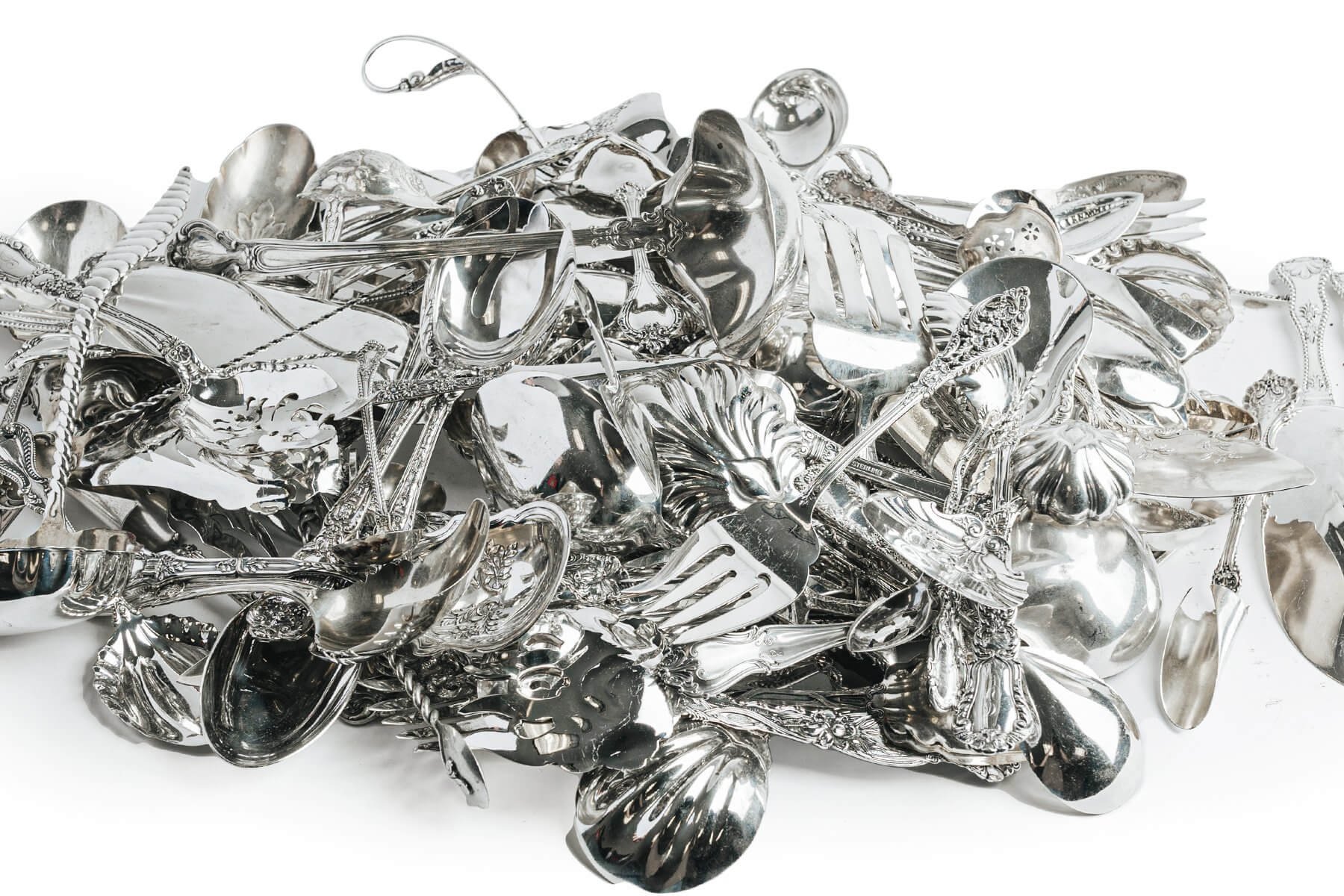Implementing Bullion Sales & Loans in Your Pawn Shop: A Strategy for Success
As pawn shop owners seek innovative strategies to remain competitive, one avenue worth exploring is the incorporation of bullion - bars, coins, or ingots of precious metals - into the business model. By offering bullion, pawn shops can appeal to a broader audience, attract more customers, and increase revenue. This article will provide insight into integrating bullion into your business, improving store traffic, loaning on bullion, and enhancing profits.
A Guide to Silver-Oxide Watch Batteries and Recycling
Silver-oxide watch batteries, sometimes called button or coin cells due to their compact, flat shape, are small batteries primarily used in wristwatches and other miniature devices such as hearing aids and calculators. Their popularity stems from their excellent stability, high energy density, and long shelf-life. These batteries work based on a chemical reaction between silver oxide (Ag2O) and zinc (Zn). Silver oxide serves as the cathode (positive electrode), zinc as the anode (negative electrode), and an alkaline solution (often sodium or potassium hydroxide) as the electrolyte. When the battery discharges, the zinc is oxidized, and the silver oxide is reduced to silver, producing an electric current.
Minting Silver Bullion: A Process of Transformation
Silver bullion, whether in the form of coins, bars, or rounds, serves as a solid and tangible investment option for many, offering a reliable way to store wealth. The process of minting these precious assets is a fascinating one, involving a series of precise steps to ensure their authenticity, weight, and purity. Here's a look at the journey of silver bullion from its acquisition to the final minted product.
The National Gold and Silver Marking Act: A Journey Through Its History and Evolution
The National Gold and Silver Marking Act, also known as the National Stamping Act, plays a crucial role in the United States precious metals industry. Enacted in 1906, its purpose is to protect consumers from misleading claims about the content of gold and silver in items like jewelry and tableware. This federal law maintains the industry's integrity by stipulating accurate marking or 'stamping' of gold and silver items with their metal content, also known as fineness.
Silverplate Flatware and Holloware: An In-depth Look
Silverplate flatware and holloware refer to utensils and other household items such as spoons, forks, trays, teapots, and candlesticks made from a base metal and coated with a thin layer of silver. The process of silverplating, typically achieved via electroplating, involves applying a microscopic layer of silver to the surface of a less expensive metal like copper, nickel, or brass. This process gives the item the look and feel of sterling silver while being significantly more affordable.
Sterling Silver Flatware and Holloware: The Recycler’s Guide
Sterling silver flatware and holloware refer to utensils and vessels, respectively, made primarily from sterling silver. Flatware encompasses silverware such as forks, spoons, and knives used for serving and eating meals, while holloware includes items like bowls, pitchers, teapots, and candlesticks.







